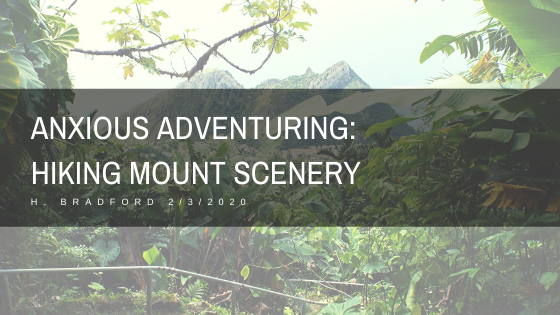
Anxious Adventuring: Hiking Mount Scenery
H. Bradford
02/03/2020
Another mountain. I am not sure why I do this to myself, but I seem to have some sadistic urge to punish myself by forcing my out of shape self up hills, volcanoes, and mountains while on vacation. Finally, the day of reckoning on my St. Maarten vacation had come. It was Sunday, the day I had purchased a ferry ticket to the island of Saba to hike up Mount Scenery. I woke up with a sense of dread. In fact, I didn’t want to wake up at all. For the past several days, Saba loomed large in the near distance, its top shrouded in clouds. Every day brought me another day closer to visiting that cloud covered summit, the highest point in the Netherlands and the mythical Skull Island from King Kong. Aside from the hike, the day would involve transportation logistics that I worried wouldn’t work out. What if I couldn’t find a taxi to the trail head? What if I couldn’t find a taxi back after the hike? What if the hike took too long? What if I missed my ferry back and was stuck on the island until Tuesday?
Despite my trepidation, I got on the taxi that my hotel had arranged for me and headed to Simpson Bay, where the ferry was set to leave at 9 am. I booked the ferry ticket through Aqua Mania Adventures, which seems to be the main distributor of tickets. It costs about $100 for the round trip ticket on a ferry that would take about an hour and a half each way. My hope was to arrive at about 10:30 am and start hiking at 11 am, which would give me about three hours or so to hike up and down the popular Mt. Scenery trail and return to the ferry by 3:30pm. Thus, my day began with the taxi ride from Philipsburg to Simpson Bay, which took about a half an hour and cost me about $18.
The taxi dropped me off at a parking lot in front of a police station, which suspiciously did not look like the sort of place a ferry would leave. I doubled checked my paperwork. The instructions stated the Simpson Bay Police Dock, but there was nothing in the area which remotely resembled a ticketing desk. The ferry check in at Simpson Bay is actually located IN the police station near the immigration area. This was very confusing, especially for the first few travelers to arrive as there was no office or sign indicating that it was the right place. I asked someone inside the building at the immigration desk, who informed me that someone from Aqua Mania Adventures would be arriving soon. Soon, some equally confused tourists arrived and began milling about the area, waiting for the ticketing agents. A little after 8 am, two individuals from Edge Ferries and Aqua Mania Adventures arrived and set themselves up at an empty table in the immigration office area. They began checking in tourists, scanning passports, and issuing the plastic card that would serve as the ferry ticket. This process lasted until about 9am, when the ferry arrived and picked up near the police station.
The trip to Saba takes about an hour and a half and most of the travelers on the ferry were there for day trips. In fact, over half were there to hike Mount Scenery. The ferry offered a complimentary soft drink and was otherwise a calm, uneventful journey. Upon arrival at the very small port, all passengers went through customs and passport control. All of the other hikers had booked a package which included transportation and lunch. Thus, I was a little concerned about the transportation issue. There were enough taxis for all of the travelers, but I had to wait for my taxi to fill up with other people. It was the last taxi to leave among the few parked at the ferry terminal. Since other passengers in the taxi van had other plans, the other hikers were able to get a half an hour head start on the trail before I was dropped off.
Due to the time constraints, the taxi driver decided to drop me off at a different trail head than the Mount Scenery Trail head near the Windwardside town. I was instead dropped up the hill a bit, which cut off about a half an hour of my hike (a one hour hike up rather than 90 minutes) and caught me up to the other hikers. The taxi itself cost $12, but would have been less with more people in the taxi van, so this number is variable. The driver agreed to meet me at the actual Mt. Scenery trail head (near the trail shop) at 2:45 pm, which would offer enough time to return for the ferry check in at 3:15. I arrived at the trail just after 11:30. The driver said it would be an hour hike up and an hour hike down (to the actual trailhead). He also told me to turn left at the fork (towards the town) so that I would head to the correct trailhead at the designated meeting time.


From the spot on the trail, I began the hour hike up to Mt. Scenery. It was a humid, hot day, but the forest provided some shade and there was sometimes a breeze. Because of recent rains, the trail was very slippery. The biggest offender was decaying vegetation and moss on the rocks. I almost wiped out a few times from slipping, but was able to keep balanced. The steps were unevenly sized and also slippery. However, the upper third of the trail often featured metal railings which aided with balance and also helped me pull my exhausted body up all those steps. The trail is primarily made of stone steps, which can be tiring in the heat or simply due to the shear number of them (over 1000 from the trail head). There were enough flowers, foliage, and jumping lizards to occupy my mind as I ascended. It took almost exactly an hour as the driver had predicted.



The top of Mount Scenery featured a radio tower and a plaque with its elevation. It was cloudy at the top, but I was able to take a few photos of the town at the bottom and of the sea before the cloud cover returned. I didn’t linger long at the top since I wanted to make sure that I had enough time to return and visit the town below. So, after taking some photos, watching the moving clouds, and some time spent drinking my water, I set off back towards the bottom. As predicted, this also took about an hour. Other people are likely to take less time, but I found it particularly slippery on the way down. This was where I slipped the most, as gravity wanted me to go faster than my feet did. I also stopped to take more photos on the way down, as I knew I had more time to spare. Once at the bottom, I visited the trail shop, where I made a donation and received a certificate that I had reached the top. I then walked around the town, but many things were closed due to it being a Sunday.


I returned to the trailhead and was picked up by the taxi at 2:45 without incident. Along the way, the driver pointed out some of the sights on the island, such as a university, some old churches, nearby islands such as Statia, and a hospital. I arrived back with plenty of time to go through passport control and wait around in the scorching sun for the ferry to board. Some children were swimming in the small boat landing, as there are few beaches on the island. I watched as some tropicbirds flew over the nearby cliffs until the ferry finally boarded and we set off back for Simpson Bay. The ferry ride back was equally calm and passengers were treated to pods of jumping dolphins, a swimming iguana, diving brown boobies, and flying fish.


At Simpson Bay, I once again went through passport control, then realized that there were no taxis waiting for the ferry. I had assumed that taxis would congregate around the ferry drop off point waiting for business. This was not the case and I was instead met with an empty parking lot. I walked to the nearby McDonalds, as it seemed like a more likely place to find a taxi, and waited for a taxi to pass. While I didn’t see any pass, I did see an approaching van with “Phillipsburg” in red letters in the window. I flagged down the van, which is one of the public transportation vans. Although I was not at an actual bus stop, it stopped and picked me up anyway. It was $2 to ride back to Phillipsburg. The vans serve as the public transportation for the island, but they don’t have fixed schedules or precise routes. They can be picked up at actual bus stops which say “bushalte”, but I also saw other people just flag down the van as I had. Apparently the rate varies at different times of the day. In any event, I found it to be a convenient and cheap way to return to Phillipsburg.
In the end, I was happy that everything worked out! I made all of my transportation connections, arrived at Saba, climbed Mount Scenery, and made it back to Phillipsburg to tell the tale. To other travelers, I would suggest that the police station is indeed the correct location for the ferry and that it is probably much less worrisome to book transportation and lunch ahead of time on Saba. I was the only hiker who had not pre-arranged these details. Nevertheless, I fared just fine as there were enough taxis waiting at the tiny port. As for the return trip, it was certainly a pretty good savings to take the public van on the way back. I am sure I could have taken the public van on the way to the ferry terminal as well, but because I am not accustomed to their regularity and I wanted to arrive on time, I didn’t consider it. There are ferries which leave from Philipsburg as well. Because they leave earlier and return later, the Philipsburg ferry provides a longer window for hiking. However, I had plans on the days that the Phillipsburg ferries were operating so I had to take the ferry from Simpson Bay. Finally, the hike itself is challenging, but not impossible. I huffed,puffed, and sweated up those stairs, but in the end, it is only an hour or an hour and a half of effort up to the top. This is very doable. The biggest challenge is simply knowing that there is a time constraint due to the ferry schedule and taxi logistics. With more time, a person could really savor the scenery, bird life, and many lizards. The hardest part was how slippery it was. I would recommend hiking sticks, though with the railings, these could become a nuisance when they have to be stowed away. Otherwise, it was a great little hike!
 View of Mount Scenery from Windwardside
View of Mount Scenery from Windwardside
Posted in
hiking,
nature,
outdoors,
travel and tagged
ferry,
ferry to Saba,
H. Bradford,
Heather Bradford,
hiking,
hiking day trip,
hiking Mount Scenery,
hiking Saba,
Mount Scenery,
Saba,
Simpson Bay,
St. Maarten,
St. Martin,
travel,
travel to St. Maarten |
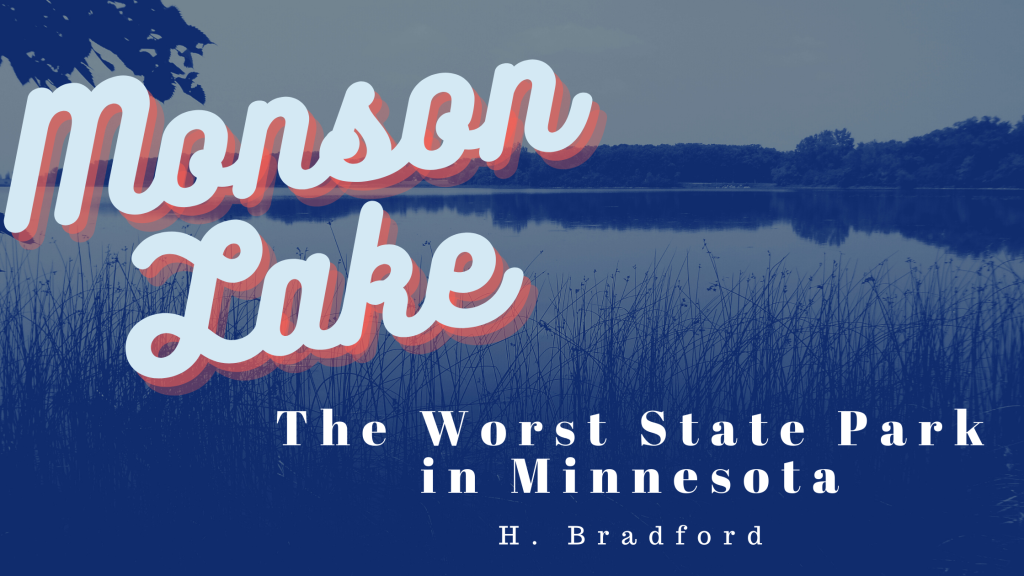

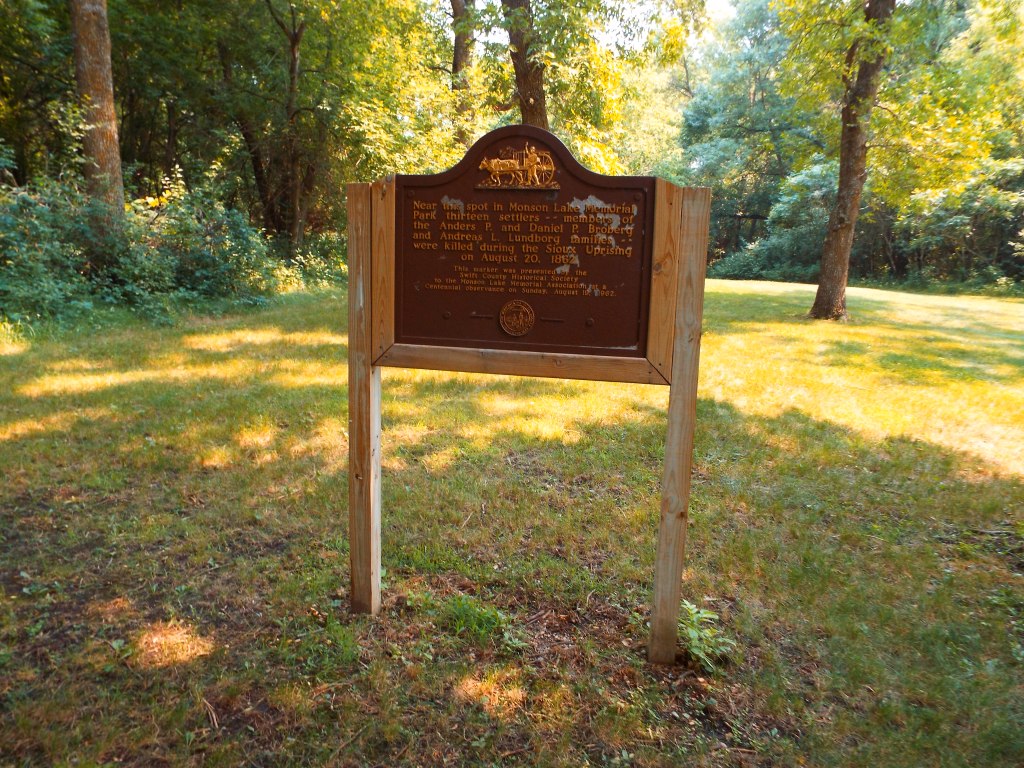
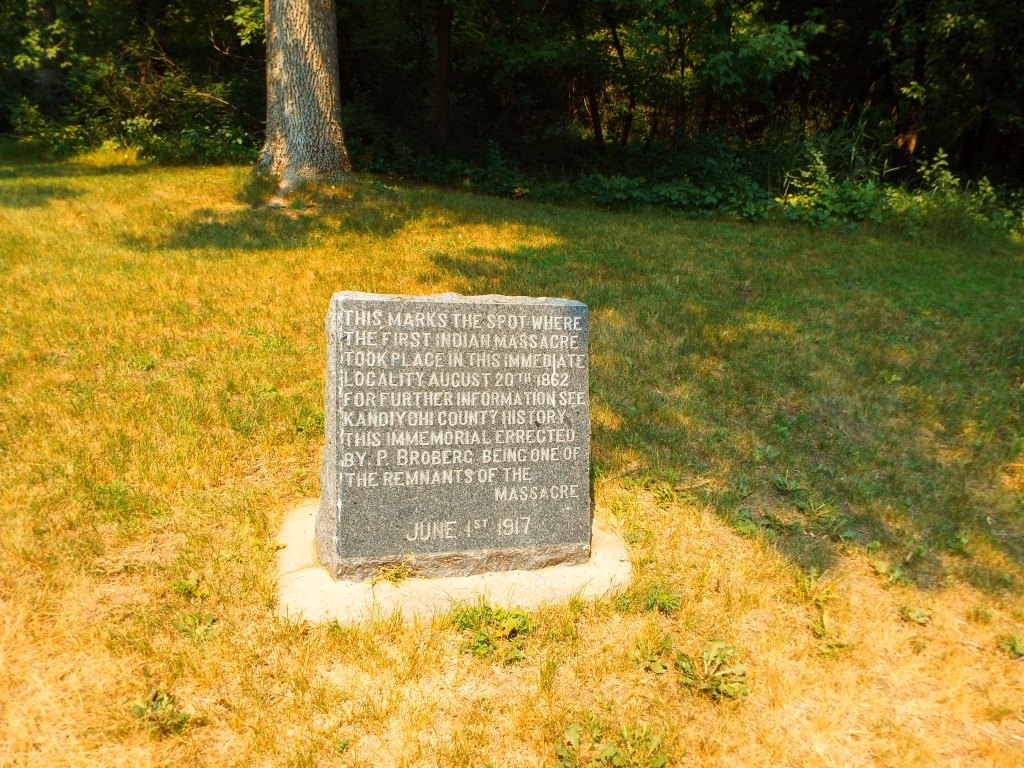




























































 A few feet away at the south end of these rocks were several other patches of small cacti. We took many photos of our discovery, feeling very satisfied that we finally found the cacti. They were much smaller than I had imagined them. In a way, it is easy to understand how such tiny cacti survive against the harsh winters. The are small, keeping close to the warmth of the rocks and insulating moss. These ones don’t appear to fruit or flower, struggling at the very edge of cacti survival. And, while this guide is not precise because I don’t have a good memory of the layout of the park, hopefully this helps others find them as well. As another clue, the spot where the cacti were located was near a quarry pond with trout on a trail which lead onward to the SNA. I hope, of course, that no one digs up or destroys these cactuses. They are not protected in Minnesota, but they are in other states and it would be nice to keep a healthy population of these unique plants.
A few feet away at the south end of these rocks were several other patches of small cacti. We took many photos of our discovery, feeling very satisfied that we finally found the cacti. They were much smaller than I had imagined them. In a way, it is easy to understand how such tiny cacti survive against the harsh winters. The are small, keeping close to the warmth of the rocks and insulating moss. These ones don’t appear to fruit or flower, struggling at the very edge of cacti survival. And, while this guide is not precise because I don’t have a good memory of the layout of the park, hopefully this helps others find them as well. As another clue, the spot where the cacti were located was near a quarry pond with trout on a trail which lead onward to the SNA. I hope, of course, that no one digs up or destroys these cactuses. They are not protected in Minnesota, but they are in other states and it would be nice to keep a healthy population of these unique plants. 











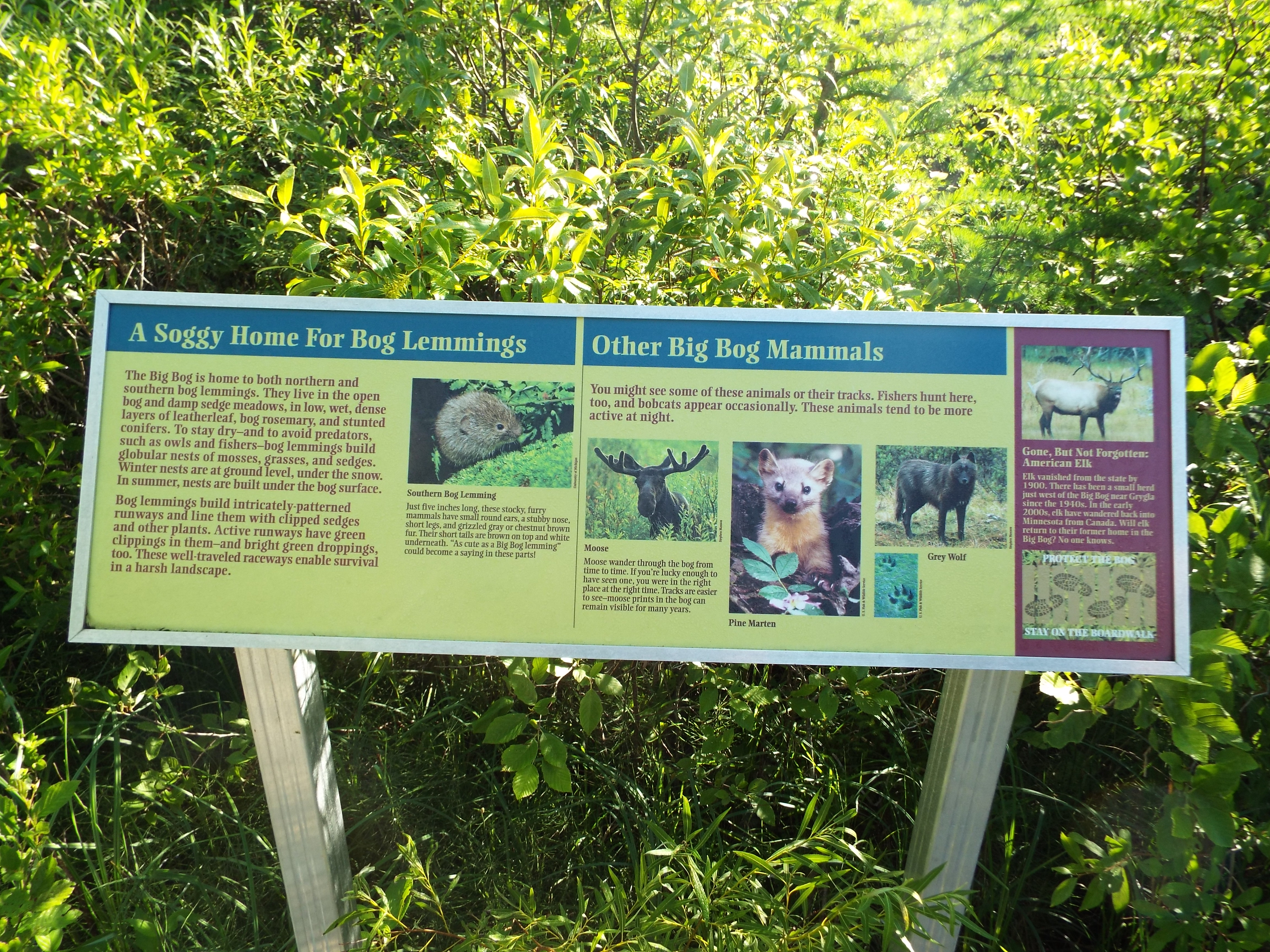























 View of Mount Scenery from Windwardside
View of Mount Scenery from Windwardside